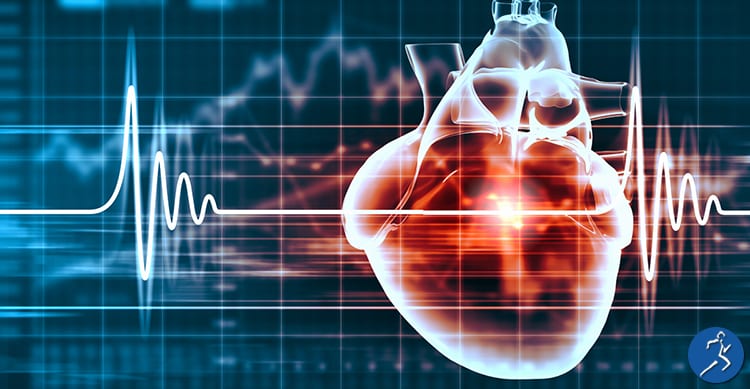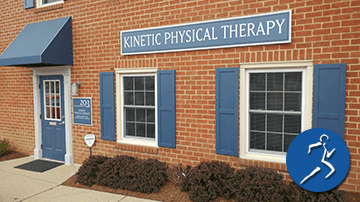February is American Heart Month. If you have had a cardiovascular event such as a heart attack or open heart surgery, physical therapy is crucial for you to return to your previous level of function and activity. Further, physical therapy is an excellent preventative tool that can help to reverse the specific effects of heart disease. In honor of American Heart Month, we would like to outline the benefits of physical therapy for cardiac rehab. Read on to learn how we can help you healthier and live longer.
What is Cardiac Rehabilitation?
For those who have suffered a cardiac event, there are typically four stages of cardiac rehabilitation. The first phase takes place in the hospital. The next occurs after you leave the hospital and must be carefully monitored. The last step is your personal maintenance of an appropriate fitness program and healthy lifestyle. Physical therapy can occur during any of these phases before and after patient discharge.
How does PT begin after a cardiac event?
While you are still in the hospital, a specialized PT will perform your first physical evaluation. Even if you are in the ICU or CCU and your ability to move is restricted the specialist understands how to handle the situation and can still perform the necessary tests and treatments. This stage is vital in that it creates a report that helps your PT know the extent of your condition once you are released from the hospital. He or she will then be able to adjust your therapy as such.
What is involved in the initial evaluation?
During the very first visit, the PT will interview you and perform various tests to measure the breadth of your affliction. The purpose is creating a baseline for your therapy. Some of the assessments include:
- Heart rate
- Blood pressure
- Oxygen saturation
- Upper extremity function, including strength and range of motion (ROM)
- Lower extremity strength and ROM
- Functional mobility such as walking and self-care tasks
- The Timed Up and Go test (TUG)
- Six Minute Walk Test
What are the other elements in cardiac rehabilitation?
Patient education and communication are vital for successful cardiac rehab. Therefore, make sure you listen to your therapist and ask any questions you may have. Some of the instructions the therapist provide include:
- Sternal precautions (if you have had cardiac surgery)
- Informing patients of all the risk factors for cardiac conditions
- Activity modification
- Bedside exercises to perform
- Self-monitoring techniques for heart rate and exertion level
What happens after a patient leaves the hospital?
The beginning phases of physical therapy as part of cardiac rehabilitation is the gradual and safe increase in activity levels. Hence, patients are closely monitored for heart rate, blood pressure, and oxygen levels. The PT will work to ensure you are first able to perform primary functional activities such as moving in and out of bed, walking, and climbing stairs. As you gain strength and endurance, other exercises will be added. Eventually, the hope is reaching the point of physical training to build and improve fitness.
Can Physical Therapy Prevent Cardiovascular Disease?
According to the World Confederation of Physical Therapy a carefully created exercise program, including aerobic conditioning and strength training, is one of the critical interventions that can prevent death and disability from cardiovascular disease. Additionally, as stated, there are many benefits of physical therapy for those already affected by cardiovascular disease. Physical therapists help people return to work and previous lifestyle activities and, thus, fulfilled lives.
We Can Help
Kinetic Physical Therapy has an experienced and qualified team. After a complete evaluation, we will formulate a specific treatment program for your unique needs. Physical therapy for Cardiac rehab is essential for your full recovery. Contact us today and schedule your appointment.




Leave a Reply
You must be logged in to post a comment.